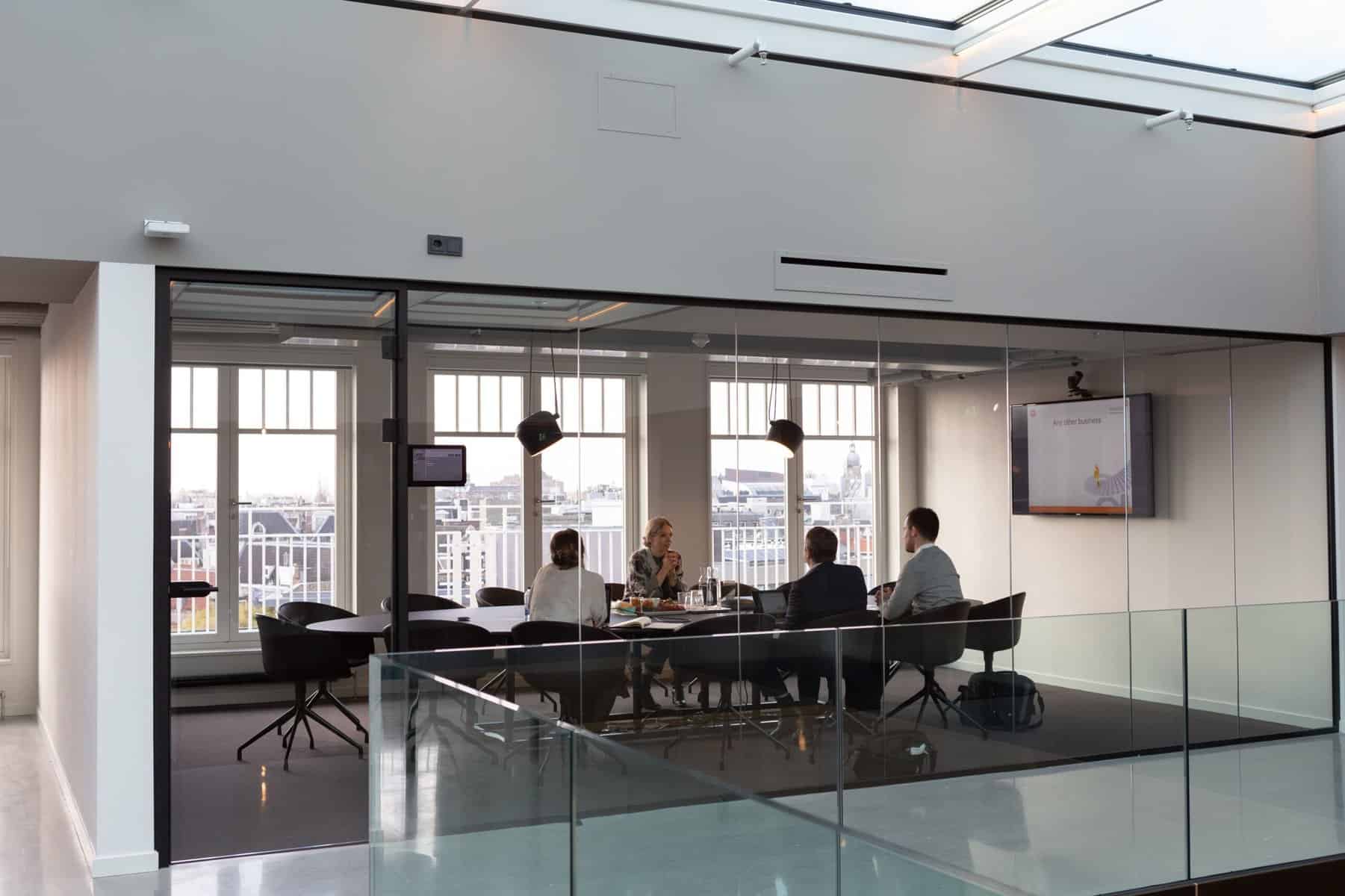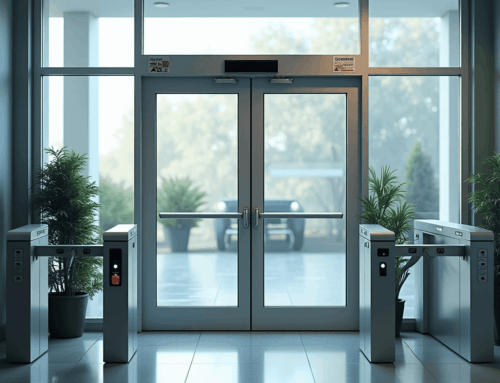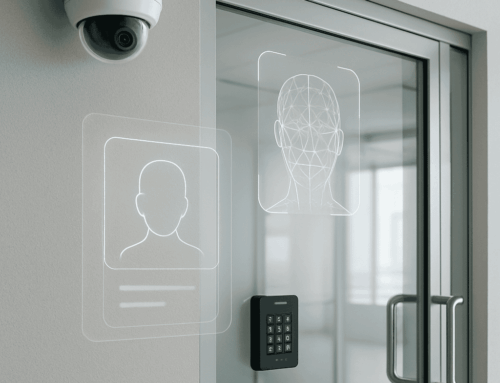Sound Masking For Conference Rooms: Is it worth it?

When business owners or leaders of organizations think about building design, they’re probably not thinking about sound design or sound pollution until it’s too late. It’s easy enough to visualize how a building will look but very difficult to imagine how that building will sound once it’s built.
That’s why many solutions for sound pollution fall into the remedial category — fixing a problem after it already exists.
Is the problem of sound pollution that serious? Yes. 53% of employees report overhearing confidential conversations at work. And 60% of employees report being unhappy with the level of speech privacy in the workplace. Those responses only account for sound disturbances that people are noticing consciously — in reality, the effect of sound pollution on focus and productivity is much greater. It’s just hard to measure or flag as problematic.
Thankfully there are cost-effective solutions that can enhance the sound quality of your facility and the productivity of the people inside it.
Common Solutions For Sound Pollution
Sound pollution is just the experience of unwanted or distracting sound in a space. Think about listening to noisy traffic when you’re trying to sleep or an exuberant co-worker loudly talking at the desk next to you.
Sound pollution can come from shoes on a hard floor, loud keyboards, telephones, music, and even the HVAC system in its more subtle forms.
Here are two of the most common ways to combat sound pollution.
Soundproofing
Soundproofing refers to the physical materials you can install in your space to absorb or dissipate sound waves as they bounce from one place to another.
Examples of soundproofing materials include carpets, fabric wall coverings, ceiling tiles, specially engineered foam, wall insulation, door and window seals, and even special coatings on surfaces that reflect or transmit noise easily.
Sound Masking
Sound masking is a technique that projects specially tuned frequencies or blends of sound into a space. While that may sound like the opposite of soundproofing, it is a clever solution that requires installing speakers and microphones instead of remodeling.
There are specific frequencies and configurations of noise that can act like a barrier to block unwanted noise without interfering with normal conversations.
Portable sound machines, such as parents use with sleeping infants or therapists may use outside their office doors function to mask the sound of private conversations.
At the high end, sound masking technology uses a network of speakers and microphones installed throughout a building or workspace. This system feeds back to a central controller that dynamically adjusts volume and mix according to the noise levels at any given moment.
Reasons To Consider Sound Masking In Conference Rooms
Sound masking is commonly used in open floor plans where lots of different activities collide, noisy enough to be distracting but not consistent enough to tune out.
As we mentioned in the introduction, often, you don’t realize how poor the soundproofing is in a room or space until you’re using it for an important task, and by then it’s too late.
Sound masking can be used outside of a conference room to protect the conversations happening inside, but it can work well in the conference room, especially if you’re trying to prevent sound leakage through the ceiling or floor.
Have More Productive Conversations
Without realizing it, people gradually increase their speaking volume in order to rise above the noise and conversations happening nearby. This results in everyone raising their volume subconsciously until people begin to feel as though they’re shouting.
Sound masking can supply a baseline of non-distracting noise throughout a workspace that lets conversations happen at natural volume without sparking unwitting competition from people talking nearby. The ability to hear clearly is even more important as workers connect remotely and must rely on computer speakers and microphones to carry on conversations. Sound masking allows you to protect the privacy and auditory comfort of everyone involved.
This allows people to stay focused on their tasks or conversations without mentally or vocally battling other noises.
Keep Conversations Private
Privacy is a major reason to analyze the need for sound masking. Law offices, doctors’ offices, therapists, and other professionals rely on privacy daily and shouldn’t have to wonder if someone is eavesdropping.
Sound masking creates a controlled environment for sound that doesn’t have to turn on or off. It’s present 24/7 and keeps noise levels where they should be.
Modern conference rooms need this protection more than ever. As remote workers dial into meetings and their voices project from the AV system, it’s easy for their voices to reach outside the intended audience.
The Cost Of Unwanted Noise
According to the Data Management Association, employee distraction from noise was found to result in a 40% loss in productivity and a 27% increase in errors. Considering the average conference room is used between 3.5 to 6.5 hours a day and a meeting of six people earning $50k a year costs the business $210, then you are spending $735 – $1,365 per day in meetings. Assume you could recapture 40% productivity – shortening those meetings. Studies show an increase of 3-20% in productivity after deploying a sound masking solution.
How Much Does It Cost To Deploy A Sound Masking System In A Conference Room?
A good starting estimate is $3 per square foot, but it can vary widely based on the sophistication of the system you’re installing and the environment. You may need to install additional soundproofing and sound masking in order to achieve the desired level of privacy.
If you’re trying to address unwanted noise issues in a large space the overall cost will obviously be higher, whereas if you just need a single board room to have adequate privacy you may be able to deploy a low-cost solution designed for contained spaces.
About i.e.Smart Systems
i.e.Smart Systems is a Houston, TX based technology integration partner that specializes in design and installation of audio/visual technology and structured cabling. For more than three decades, our team of in-house experts has partnered with business owners, architectural firms, general contractors, construction managers, real estate developers, and designers in the Houston market, to deliver reliable, scalable solutions that align with their unique goals.




